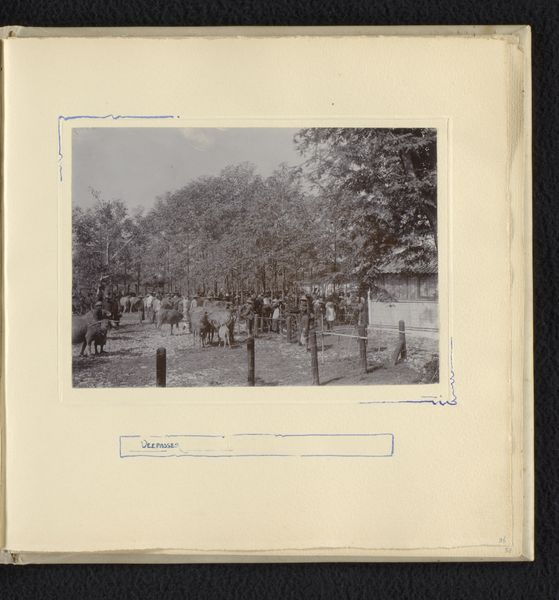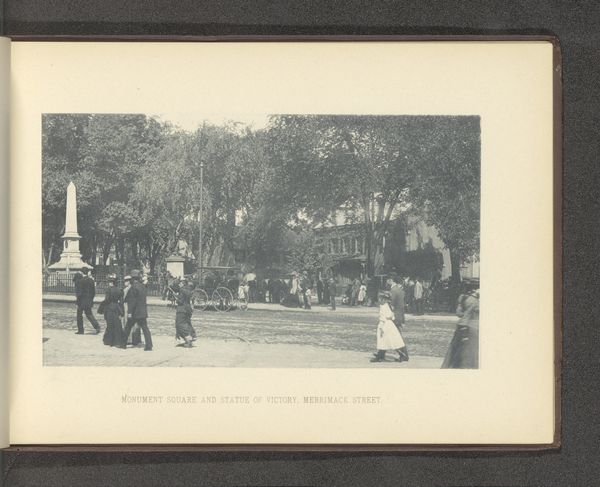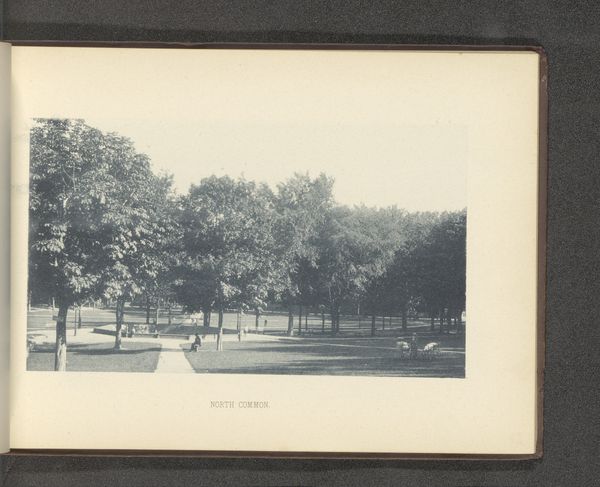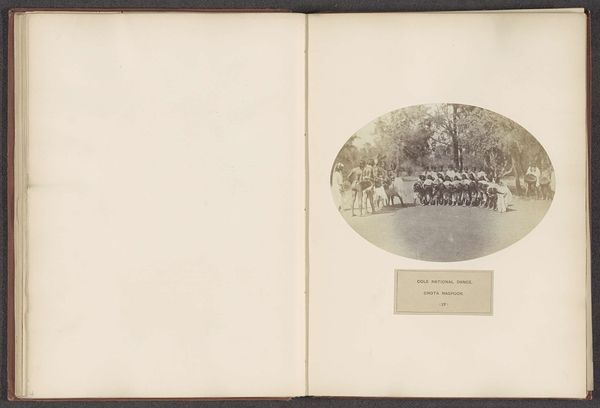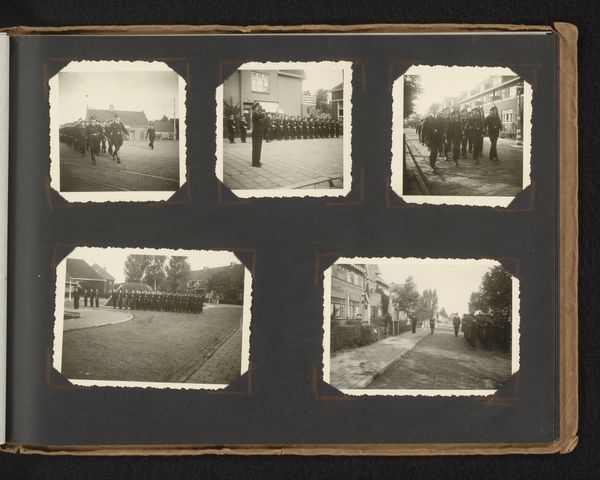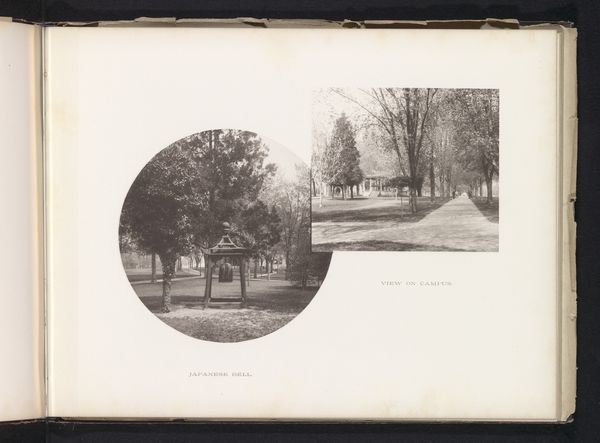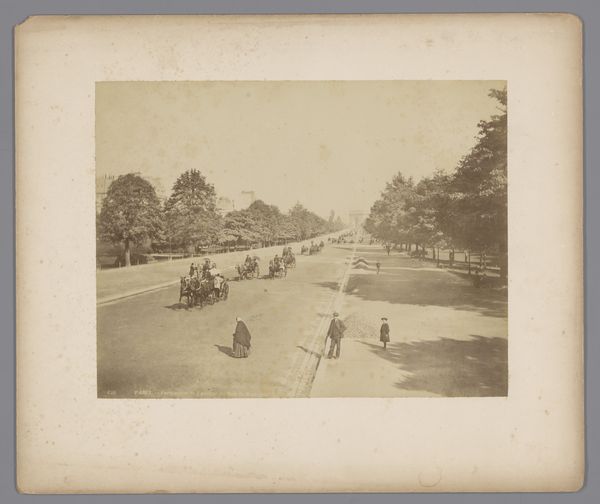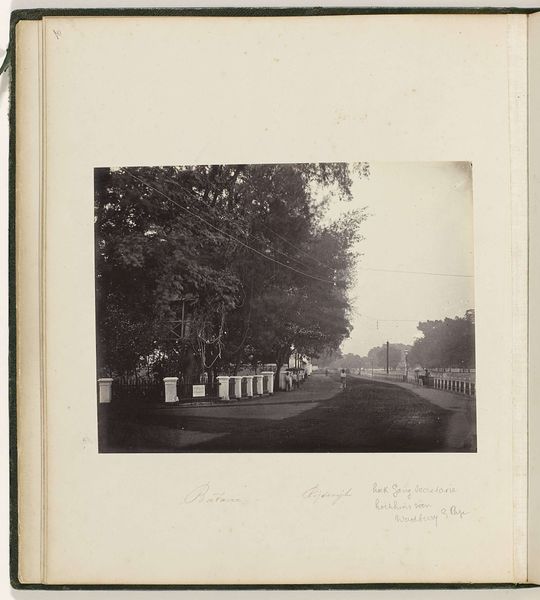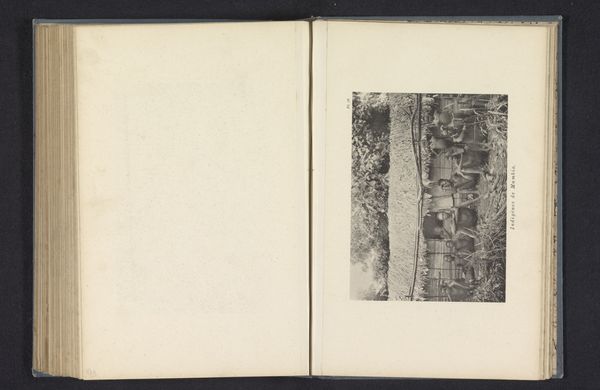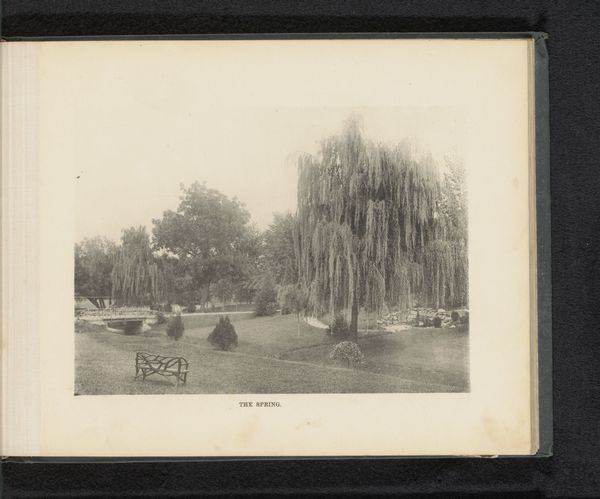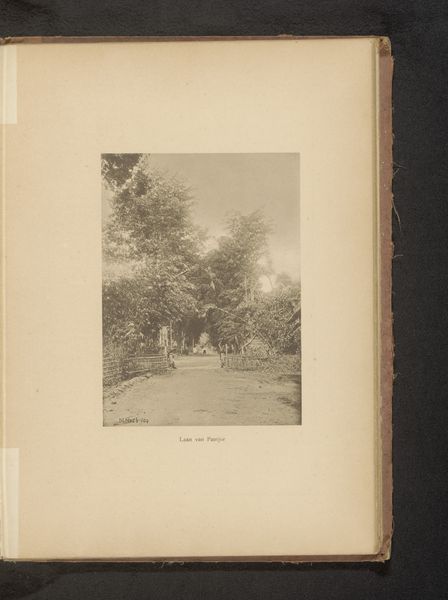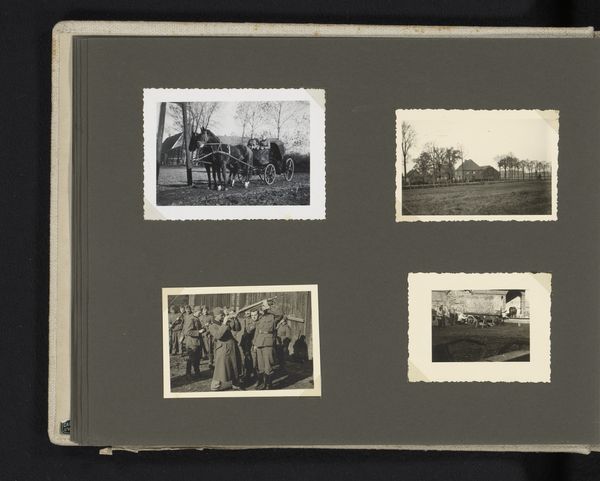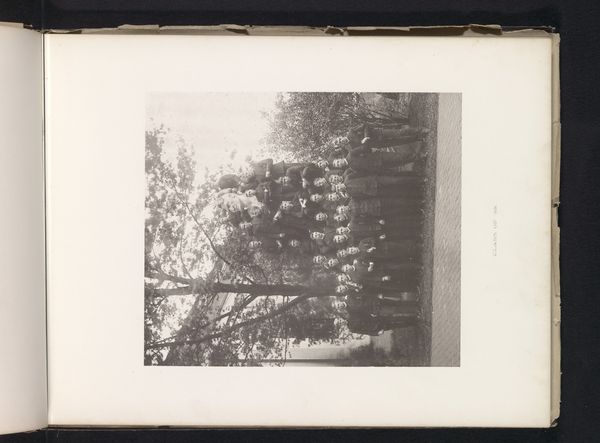
photography, gelatin-silver-print
#
landscape
#
photography
#
coloured pencil
#
group-portraits
#
gelatin-silver-print
#
realism
Dimensions: height 165 mm, width 240 mm
Copyright: Rijks Museum: Open Domain
Editor: So, this gelatin silver print, titled "General Muster" by Edward H. Hart, dates from before 1890. It features what appears to be a group of soldiers. It feels almost like a documentary image, a slice of life. What can you tell me about it? Curator: Considering the period, this "slice of life" is highly mediated. Photography held a particular power in shaping public perception, especially regarding military service and national identity. How do you think an image like this might have been used? Editor: I suppose to foster patriotism, perhaps? To show the strength and order of the military? Curator: Precisely. Muster scenes like this served a crucial role in visualizing military power and societal organization. It reinforced the state’s authority. Now, consider the photographic process itself. Editor: It’s a gelatin silver print, so it must have been mass-produced. Curator: Correct. This medium made images readily accessible to a broad audience. Also, does the scene’s staging tell you anything? The men forming a perimeter around what looks like a statue or monument. Editor: It’s carefully arranged, creating a sense of formality and control. It feels constructed rather than candid. Perhaps they were using the photo to commemorate something? Curator: Exactly! The very act of gathering and being photographed transformed the ordinary into a historical and political record. A visual monument in itself. How does that understanding change your initial reaction? Editor: It makes me realize the photo isn't a simple snapshot but a deliberate construction with specific social and political aims. It is interesting how accessible technology was used to influence the culture. Curator: And that accessibility is part of what makes it a powerful historical document. It’s not just *what* is depicted, but *why* and *how* it was presented that tells us so much.
Comments
No comments
Be the first to comment and join the conversation on the ultimate creative platform.
